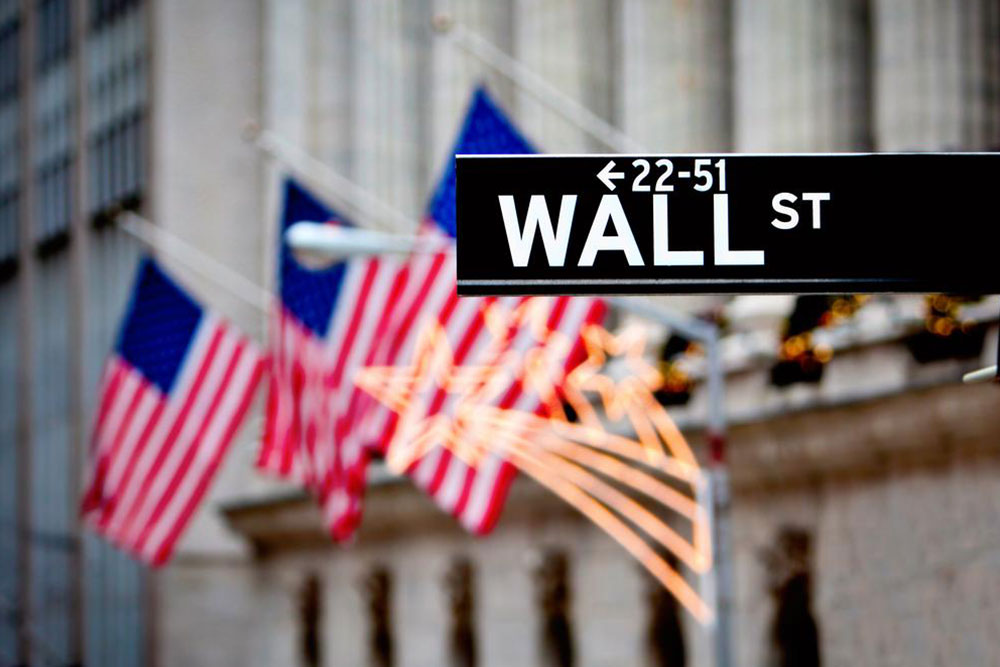Historical Stock Market Crashes in the United States
This article reviews five major stock market crashes in U.S. history, including the 1929 Great Depression, 1987 Black Monday, the late 1990s dot-com bust, and the 2010 flash crash. These events caused extensive economic turmoil and served as lessons in market stability and regulation, shaping U.S. financial history and impacting global markets.
Sponsored

Significant Stock Market Downturns in U.S. History
The U.S. stock markets have experienced several major crashes, with bubbles forming across sectors such as technology, real estate, and financial assets. This article highlights five of the most impactful stock market collapses that have shaped American economic history, causing billions in losses and global repercussions.
The 1929 Market Collapse: The infamous Black Tuesday, on October 29, 1929, marked the end of the Roaring Twenties. Over-speculation led to a peak followed by a sharp decline, plunging the nation into the Great Depression, with widespread bank failures, rising unemployment, and economic hardship.
The 1869 Gold and Stock Crash: Post-Civil War reconstruction efforts strained the government’s finances, prompting a bond buyback that led to skyrocketing gold prices. Investors like Jay Gould and James Fisk exploited this, causing gold and stock prices to collapse. President Ulysses Grant attempted to stabilize the economy but was unsuccessful in reversing the damage.
The 1987 Black Monday: The 1987 stock market crash, known as Black Monday, was the largest single-day decline in history, with the Dow Jones plummeting by 22.6%. It ended a bull run that had begun in 1982, sparking widespread concern over market stability.
The Dot-com Bubble Burst of the Late 1990s: During the internet boom of the late 1990s, tech stocks soared, driven by high optimism and speculative investments in internet startups. When reality hit in early 2000, NASDAQ lost 4,000 points over two years, resulting in significant losses for investors and markingat the end of the dot-com era.
The 2010 Flash Crash: On May 6, 2010, the Dow Jones fell by 1,000 points in minutes, before quickly recovering. This event triggered concerns over algorithmic trading and market volatility, highlighting vulnerabilities in market stability and investor confidence, with no clear explanation for the sudden plunge.





